Harmonic Analysis (RMA) Worksheet for the song: "Feliz Navidad".
Harmonic Analysis (RMA) Worksheet for the song: Feliz Navidad.
Feliz Navidad • is a Christmas song written in 1970 by the Puerto Rican singer-songwriter José Feliciano. With its simple Spanish chorus (the traditional Christmas/New Year greeting, Feliz Navidad, próspero año y felicida
meaning Merry Christmas, a prosperous year and happiness
) and equally simple English verse I wanna wish you a Merry Christmas from the bottom of my heart, it has become a classic Christmas pop song in the United States, throughout the Spanish-speaking world and internationally.
Feliciano's version of Feliz Navidad
(in which he plays both an acoustic guitar and a Puerto Rican Cuatro) is one of the most downloaded and aired Christmas songs in the United States and Canada. The album drummer was Paulinho Magalhaes. The addition of the horns as a final touch was the idea of producer Rick Jarrard. It was also recognized by ASCAP as one of the top 25 most played and recorded Christmas songs around the world. (wikiwand);
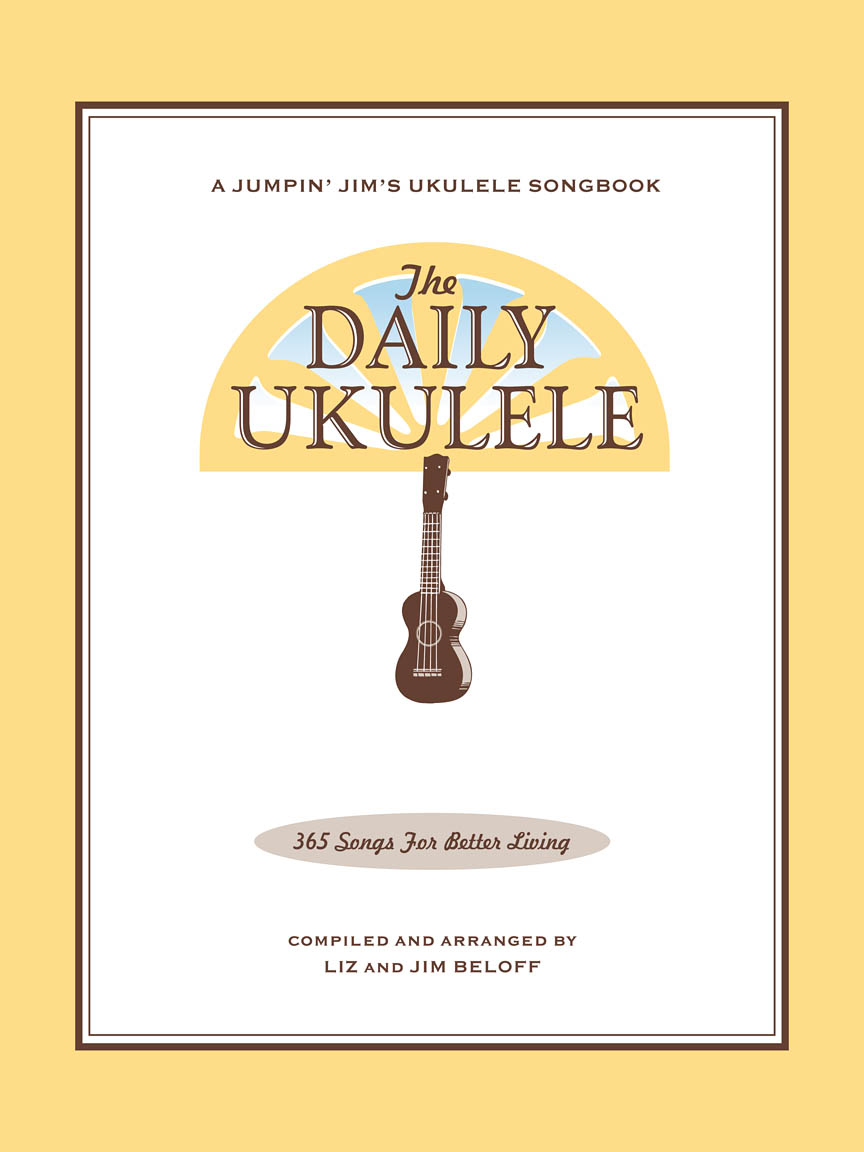
The Daily Ukulele— 365 Songs for Better Living book.




Often a Harmonic Analysis (RMA) doesn't have to show every line. It's more of a for the chords functions and scale selection vs. a Leadsheet or Roadmap of the song.
For performance purposes the above line is repeated 5X
4th X, D.S. al Fine
For performance purposes the above line is repeated 4X. Then D.S. al Fine, ending after 4x of line one.
A Harmonic Analysis (RMA/HA) and its worksheet are intended to show the function of the chords, the harmonic principles used, the keys and tonalities the song explores. And, can be used for scale selections and chord and scale substitutions.
lead leadsheet.Minimal roadmap information such as repeats, fine, D.S., D.C., and codas has been used in preparing the worksheets to somewhat mirror the leadsheet in the Daily Ukulele book.
Yellow Book. You should start to recognize that 1st endings typically always return to a previous verse or an
 section. With a 2nd ending, a transition to a different part of the song, a
section. With a 2nd ending, a transition to a different part of the song, a  or chorus. Harmonic Principles are used for these repeats and transitions.
or chorus. Harmonic Principles are used for these repeats and transitions.Feliz Navidad is in 4/4, Common Time and the Key of C .
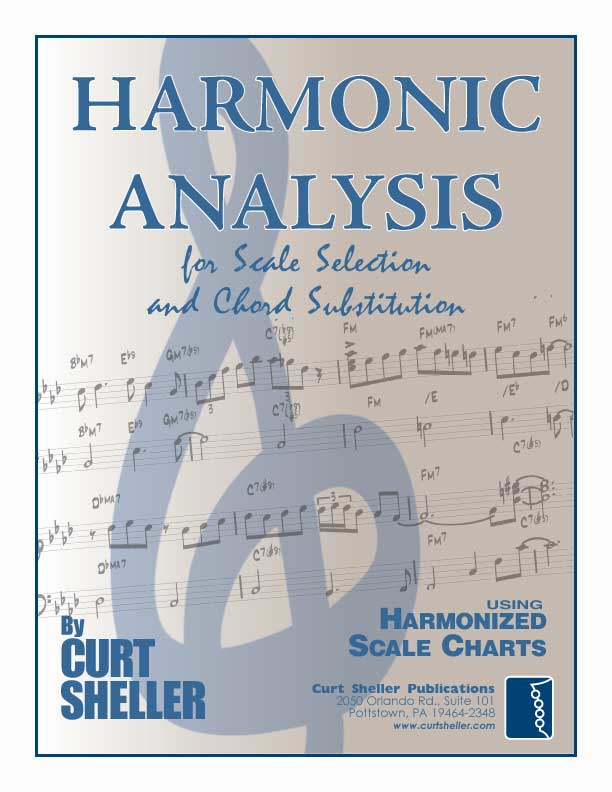
Scale Abbreviation Legend
Traditional Scale Names:
Maj: Major,
Dim: Diminished,
WT: Whole Tone,
Pent: Major Pentatonic,
Scale Mode Names:
Ion: Ionian,
Dor: Dorian,
Phrygian: Phrygian,
Lyd: Lydian,
Mix: Mixolydian,
Aeol: Aeolian,
Loc: Locrian
Contemporary Scales: Minor Pent: Minor Pentatonic, Pent: Major Pentatonic, Blues,
Scale/Mode Names: Ion: Ionian (Major), Dor: Dorian (Minor), Phrygian: Phrygian, Lyd: Lydian, Mix: Mixolydian (Dominant), Aeol: Aeolian (Natural Minor), Loc: Locrian
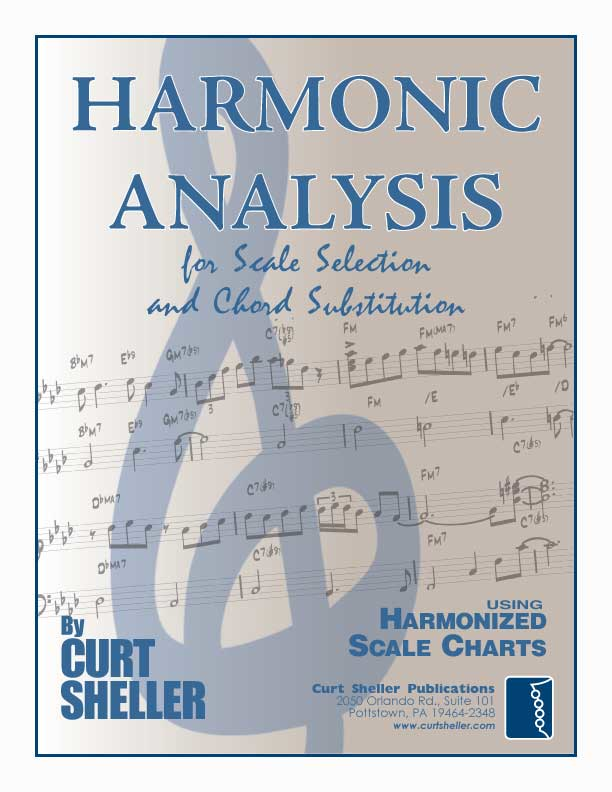

Checkout the solo ukulele arrangement of Feliz Navidad for a lot more subs and re-harmonization.
A worksheet is often, really not needed with such a simple Full Diatonic chord progression.
A Simple I , IV , V chord progression. The Tonic , Subdominant and Dominant , the Primary chords of the major key.
In a short amount of time you'll come recognize these simple chord progressions, just by the chord grids listed at the top of the leadsheet (page). And, hearing where the chords are naturally changing.
Scale Choices
For a Full Diatonic chord progression the first choice scale is the Major scale in the key of the progression. A subset of the Major scale is the Major Pentatonic – the Major scale with no 4th or 6th scale degrees.
Related Lessons, Videos, Lesson Series, Songs, Books & Reference Charts, Resources & Assets, Workshops are below.

Harmonic Analysis (HA), also known as the study of chord relationships, is the method used to identify the harmonic role of chords within a chord progression or song. A chord progression refers to a sequence of chords, with each chord having a root note and belonging to a specific chord type. The function of a chord within a particular scale's tonality is determined by its relationship to that scale.

Rockin' Around the Christmas Tree is a Christmas song written by Johnny Marks and recorded by Brenda Lee in 1958 on Decca. Despite her mature-sounding voice, Lee recorded this song when she was only thirteen years old. The song's declaration of a rock and roll sound notwithstanding, its instrumentation also fits the country music genre, which Brenda Lee more fully embraced as her career evolved. The recording features Grady Martin's ringing guitar and Boots Randolph's swinging solo sax break. The song is written in the key of A-flat major.

Harmonic Analysis is the understanding of the functional sequence of chords. It is the process used to analyze the harmonic structure of a progression, song or composition. This analysis is then used to make scale selections for improvisation and chord substitution.
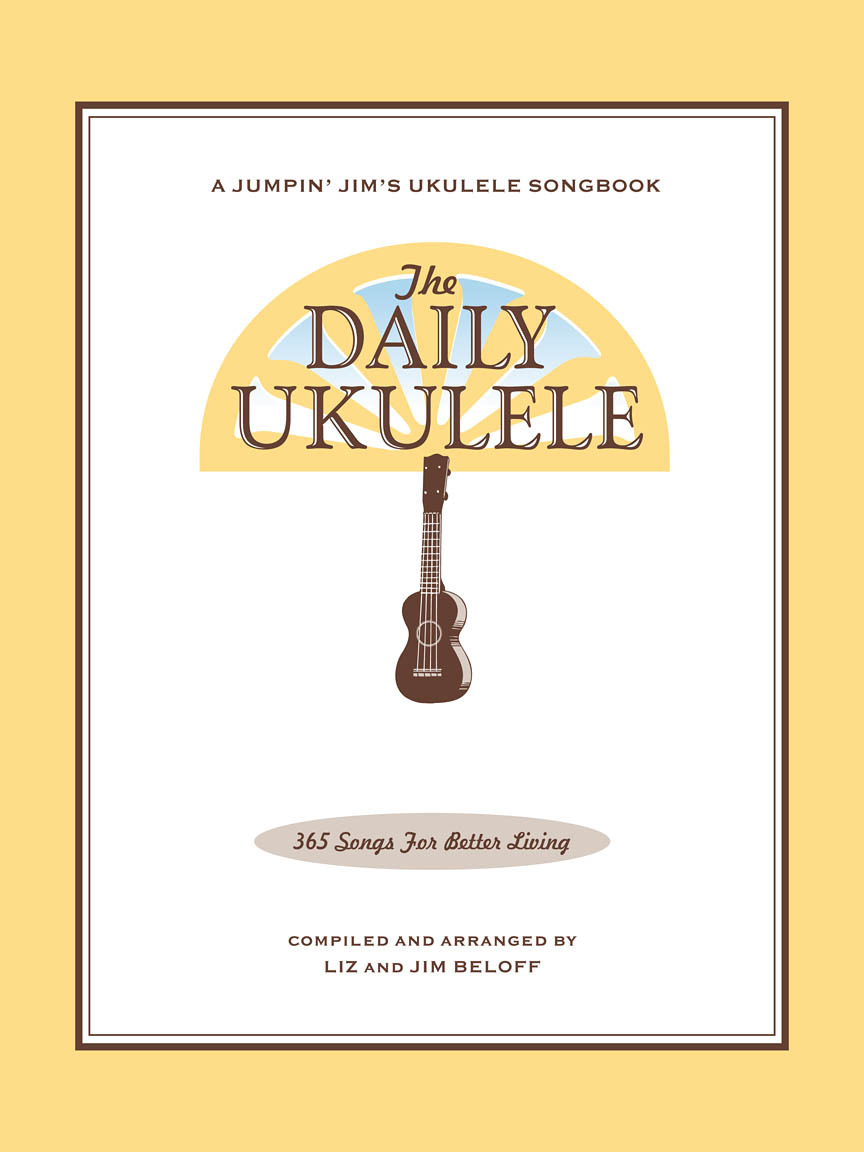
Strum a different song every day with easy arrangements of 365 of your favorite songs in one big songbook! The Daily Ukulele features ukulele arrangements with melody, lyrics and uke chord grids and are in ukulele-friendly keys that are particularly suited for groups of one to one hundred to play and sing.

Finally, learn the names of the notes of the ukulele fingerboard in C tuning .

Learn the six fingering principles to navigating the ukulele fingerboard. Fingering is one of the most universal topics. Book: Six Secrets of the Ukulele Fingering

Harmonic Analysis is the understanding of the functional sequence of chords. It is the process used to analyze the harmonic structure of a progression, song or composition. Book: Harmonic Analysis for Scale Selection and Chord Substitution

Learn to read single note melodies in the first/open position is a lot easier than you might think. Book: Ukulele – Reading Music Series – Primer

An organized collection of daily practice and reference material for the contemporary ukulele player for developing the vocabulary and knowledge necessary for single note playing. Book: Daily Practice Material for the Contemporary Ukulele
Checkout the Books & Reference Charts for additional Handy, Dandy Reference Charts.

Ukulele Fingerboard Chart for C Tuning, Low or High G – G C E A

Ukulele Fingerboard Chart for G Tuning, Low or High A – D G B E

A handy reference chart of all 15 major and relative minor key signatures. US Letter 8.5 x 11 sized (ANSI-A), A4
Checkout the Books & Reference Charts for additional Handy, Dandy Reference Charts.






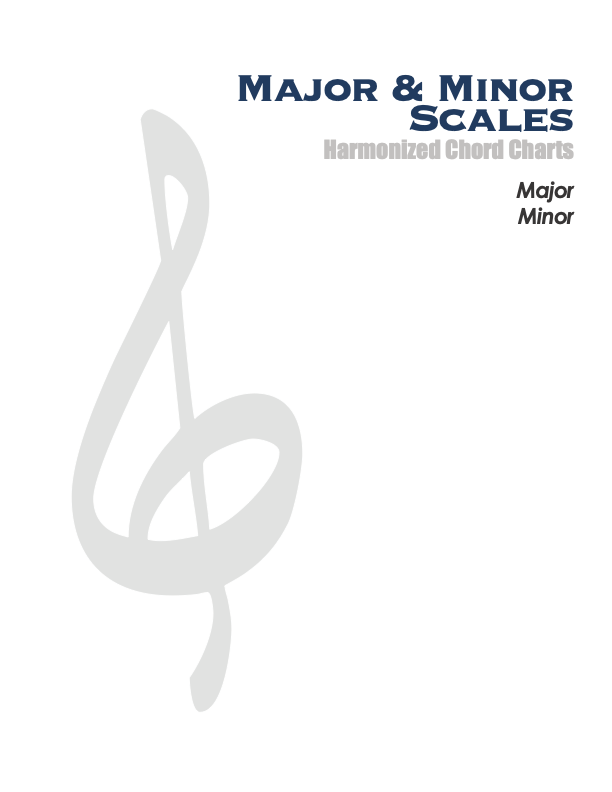
.jpg)